Pokemon took the ’90s by storm, going on to become not only one of the biggest crazes of the decade but one of the most successful media franchises of all time. It grew exponentially greater each year with its ongoing manga and anime adaptations, trading card game, and, of course, its mainline and spin-off game series. Just as the world of Pokemon has expanded with each generation, it’s also done the work necessary to reflect its real-world inspirations and its players. Almost 30 years strong, the iconic monster-catcher series has come a long way, and it still has room to grow.
As it stands, Scarlet & Violet are widely recognized as Pokemon‘s most inclusive projects yet. However, while the gaming franchise began with a sole male lead on the Game Boy handheld back in 1998, it’s made consistent strides to diversify the cast of each new release all the way up to 2022’s ninth-generation entries — an effort that hasn’t gone unnoticed by its players. As a day-one fan, my decades-long Pokemon journey might have begun with the original entries, Red & Blue, but it wasn’t until the 2000 release of Pokemon Crystal that I’d be fully indoctrinated into the budding game series — and the world of gaming at large — and it’s all thanks to Kris.
The Pokemon Franchise’s First Female Lead

Two generations in, Pokemon introduced its first playable female character. Appropriately, Kris appeared in Crystal version, the third entry to the series’ Johto-based installments, Gold & Silver. Although she took on another lead role in the Pokemon Chronicles anime, Kris was effectively phased out of the core game series when HeartGold & SoulSilver dropped in 2010, in which Lyra took her place. While both characters were based on the manga’s Crystal, there’s a special place in my heart for Johto’s original heroine and the gaming franchise’s first female lead.
Growing up, I would fight with my brothers over our single copy of Pokemon Crystal, which was, at the time, the only game I’d known to allow the player to choose the main character’s gender. I’d bide my time collecting and training Pokemon in Yellow or Gold while I waited for my turn to play, but if I’m being honest, I never felt I had a place in the hero’s journey until I stepped into Kris’ running shoes and set out from New Bark Town. While I didn’t have the language to voice the sentiment as a child, looking back, I and countless other young girls were lucky enough to join Pokemon in its first step toward inclusivity, a path that began in Crystal and stretches onward today, broadening the criteria of what it means to be a trainer.
Pokemon Honors Its Real-World Inspirations and Players
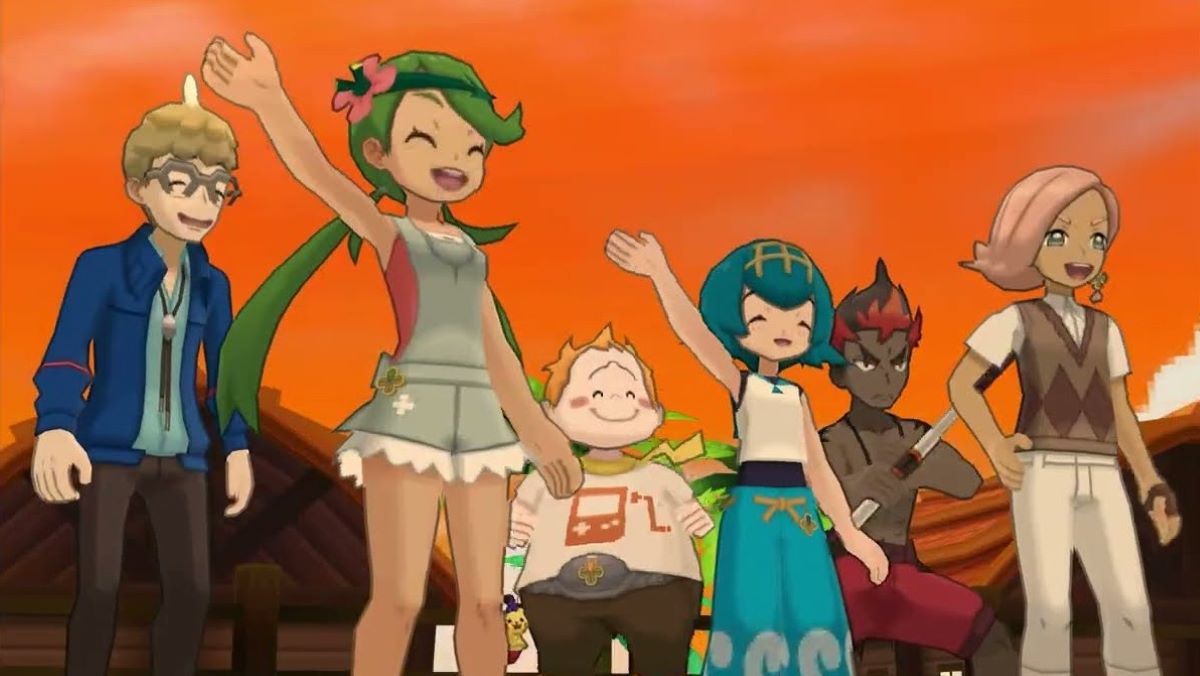
Following the introduction of a color display in Pokemon Yellow, future entries would begin to experiment with the designs of Pokemon, trainers, and the regions they call home. In this way, color is what truly brought the franchise to life. Some of Pokemon‘s most memorable characters were given more detailed designs and nuanced skin tones in Crystal and the Gen I remakes, FireRed & LeafGreen, including Brock, Sabrina, and the Elite Four’s Will. The trend continued in Ruby & Sapphire with new characters like Brawly and Phoebe, though their groundbreaking remakes introduced a fully redesigned Team Aqua, helmed by a stylish Archie and the fan-favorite admin Shelly.
Despite efforts to represent more people of color in the Japanese game series, however, there was still a lot of work to be done. Between Pokemon‘s fourth and fifth generations, just five of the newly-introduced rivals, Gym Leaders, and Elite Four members had deeper complexions — each of whom made their appearance in the US-inspired Unova region. We saw even less representation in X & Y of Gen VI, though the compromise of character customization finally gave players the opportunity to choose the color of their trainer’s skin, hair, eyes, and more.
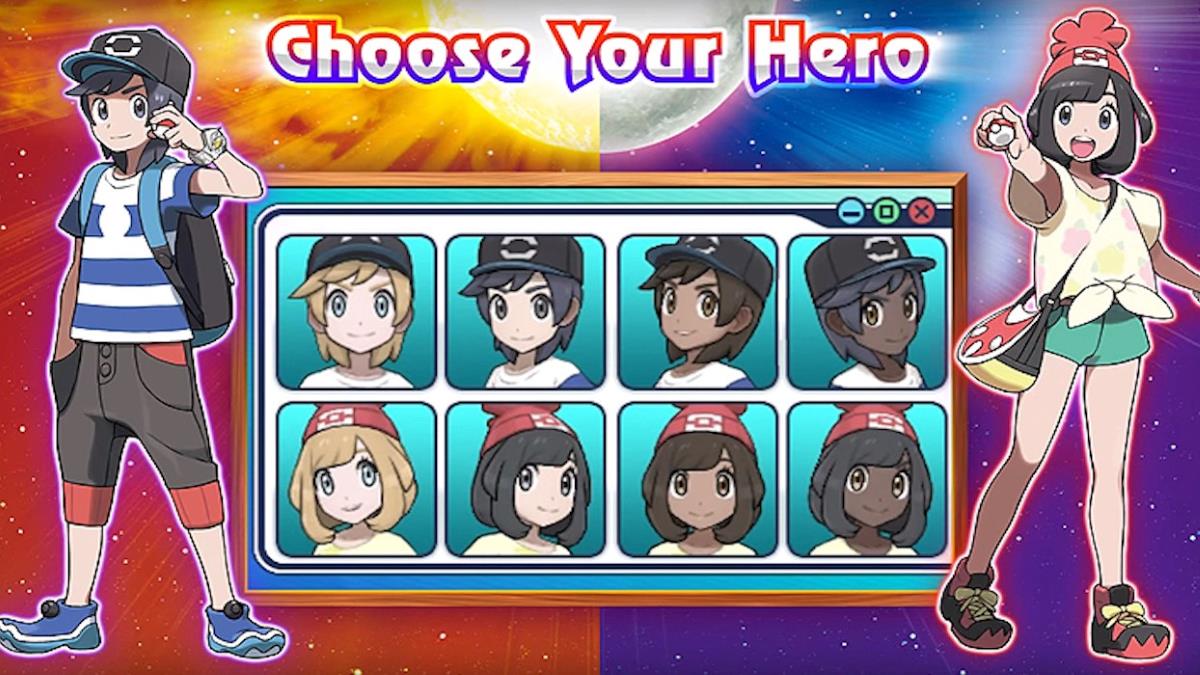
While flawed, this marked a major shift in the series, particularly upon the subsequent release of Pokemon Sun & Moon. Based on the US state of Hawaii, the Alola region welcomed the most diverse cast of characters we’d seen from the franchise yet, with agreed-upon standout trainers like Hau, Kiawe, Olivia, Ilima, and even Professor Kukui. Recognizing room for improvement, Pokemon has done the work to honor its regions’ real-world inspirations and its players, taking representation and inclusivity up a notch with increased customization options and more diverse NPCs.
Character Creation Opened the Door for a More Diverse Player Base
From X & Y onward, players have been able to decide the details of their trainer’s appearance. Pokemon was certainly late to the party in the grand scheme of things, but character creation and customization options have improved exponentially since their introduction to the core game series, allowing fans to perfect their look right down to the shape of their lips and eyes in Scarlet & Violet. This is a huge step up from the original feature, which offered only three skin tones and gender-locked hairstyles, but the path forward hasn’t been without controversy.
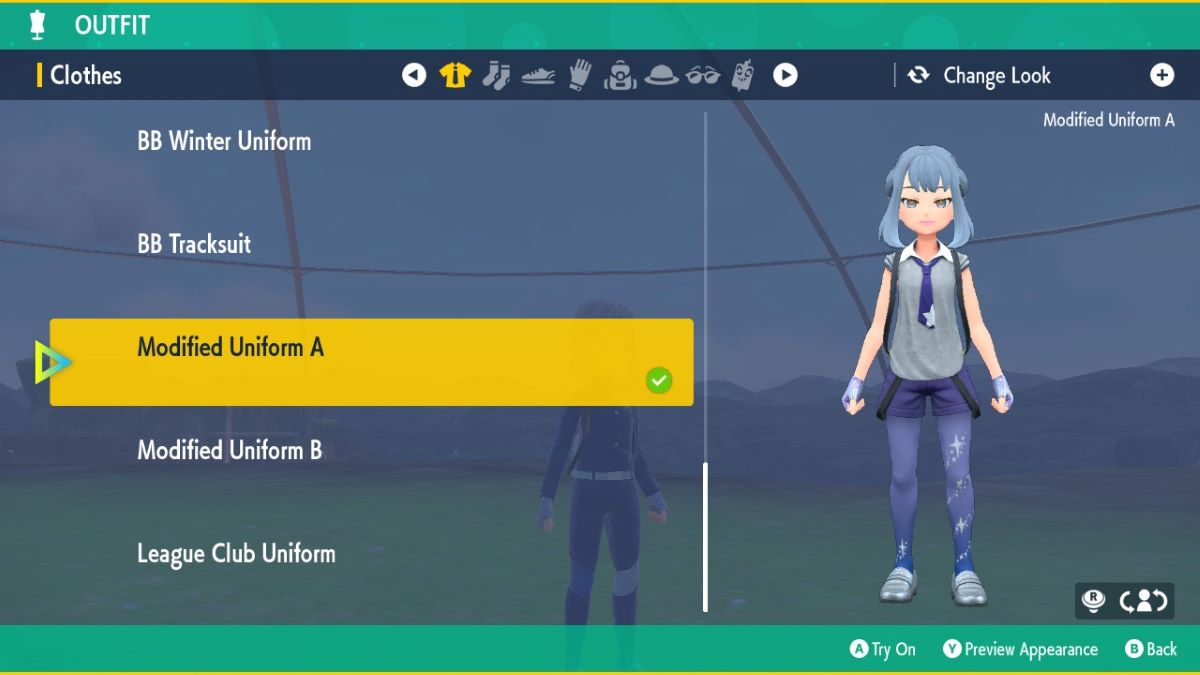
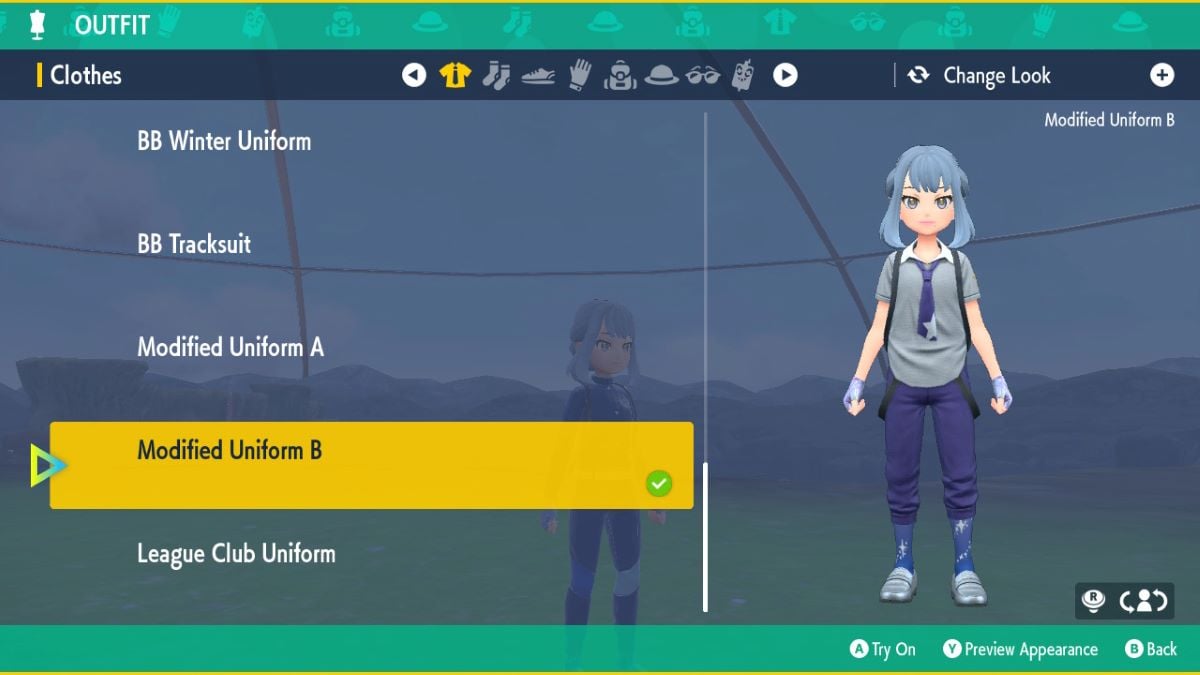
At the tail-end of Pokemon‘s ninth generation, cutbacks on clothing options remain a point of frustration among fans. While Scarlet & Violet offer a wide variety of accessories to wear, we’re also limited to a select few school uniforms to choose from — a stark difference from the seemingly endless clothing combos made possible in Gens VI, VII, and VIII. However, one major win came out of this change in the removal of gender-locked clothing and hairstyles, a course reflected in the androgynous designs of beloved new characters like Rika, Grusha, and our core group member Penny.
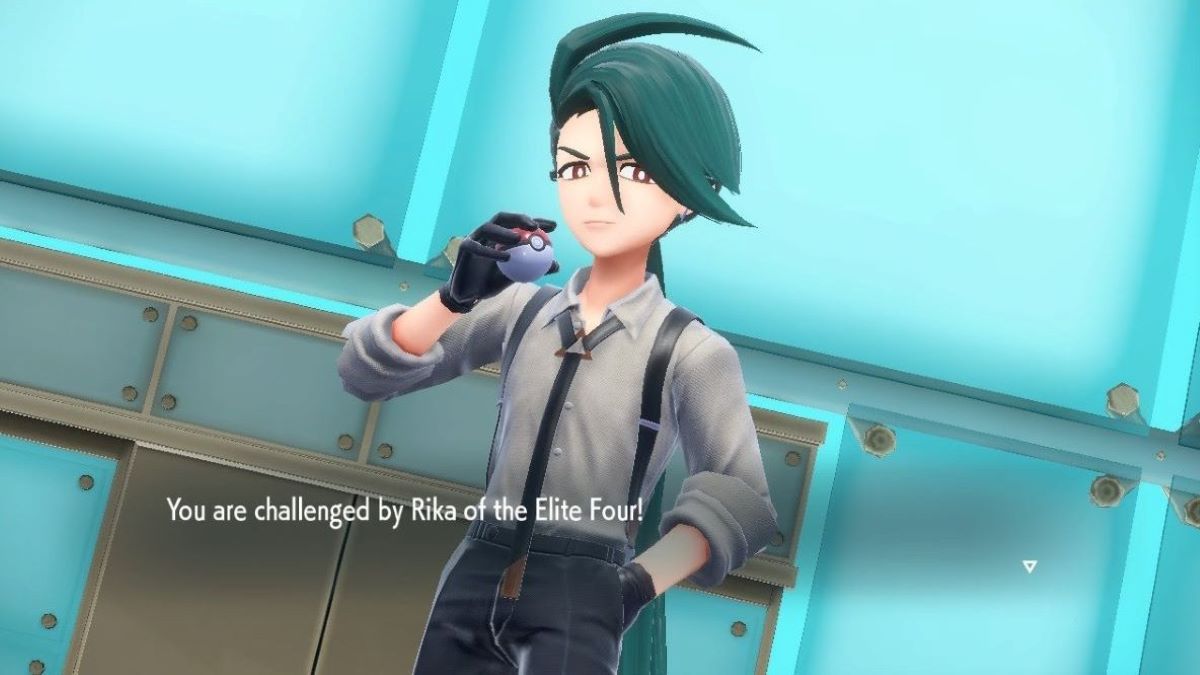
This is a necessary change for the series and one I sincerely hope to see continued. I mean, what’s the point in unlocking Nessa’s official gym attire in Sword & Shield if the masculine base character can’t wear crop tops? I’m still bummed that my academy uniform has nothing on the ‘fits worn by Gym Leaders in the meantime, but if the mechanics and storyline of Scarlet & Violet are any indication where the Pokemon franchise is headed, I’d say we can expect to take a lesson from Team Star and freely express our identities from the next generation onward.

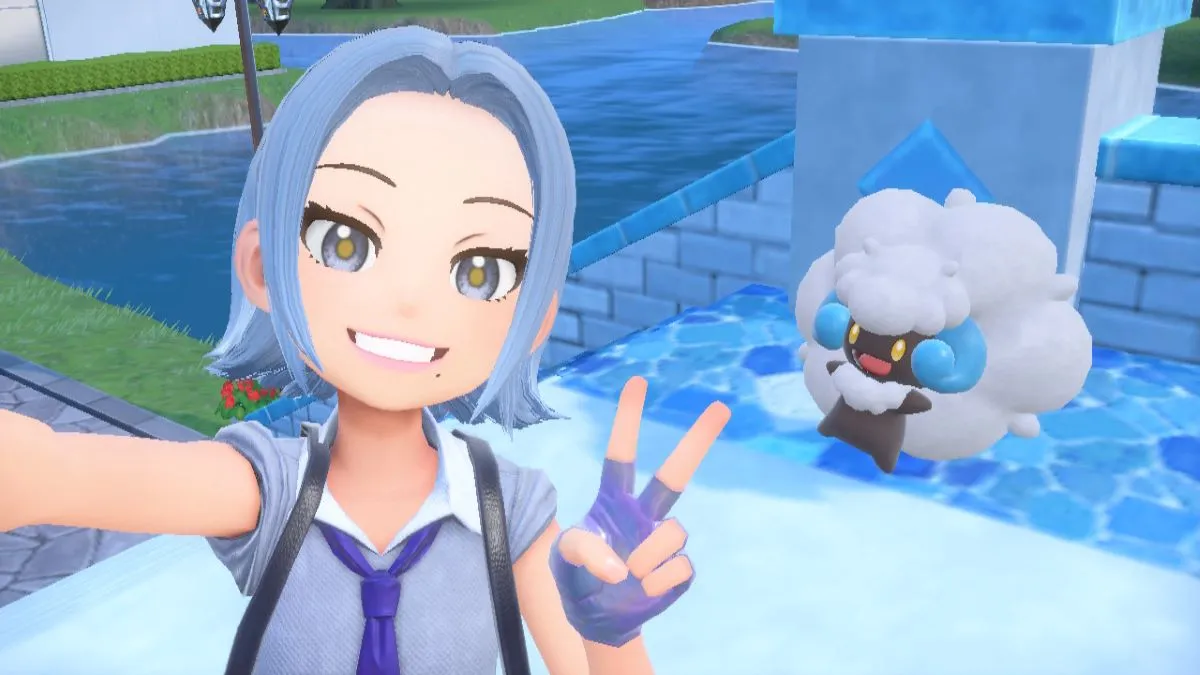
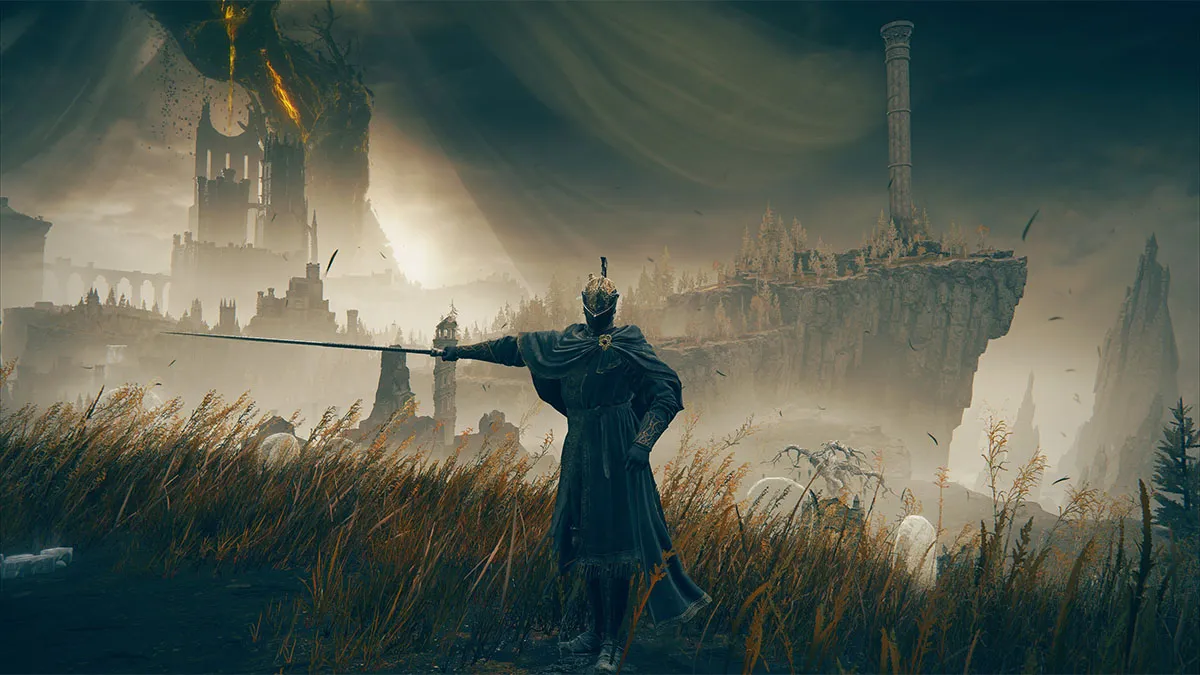
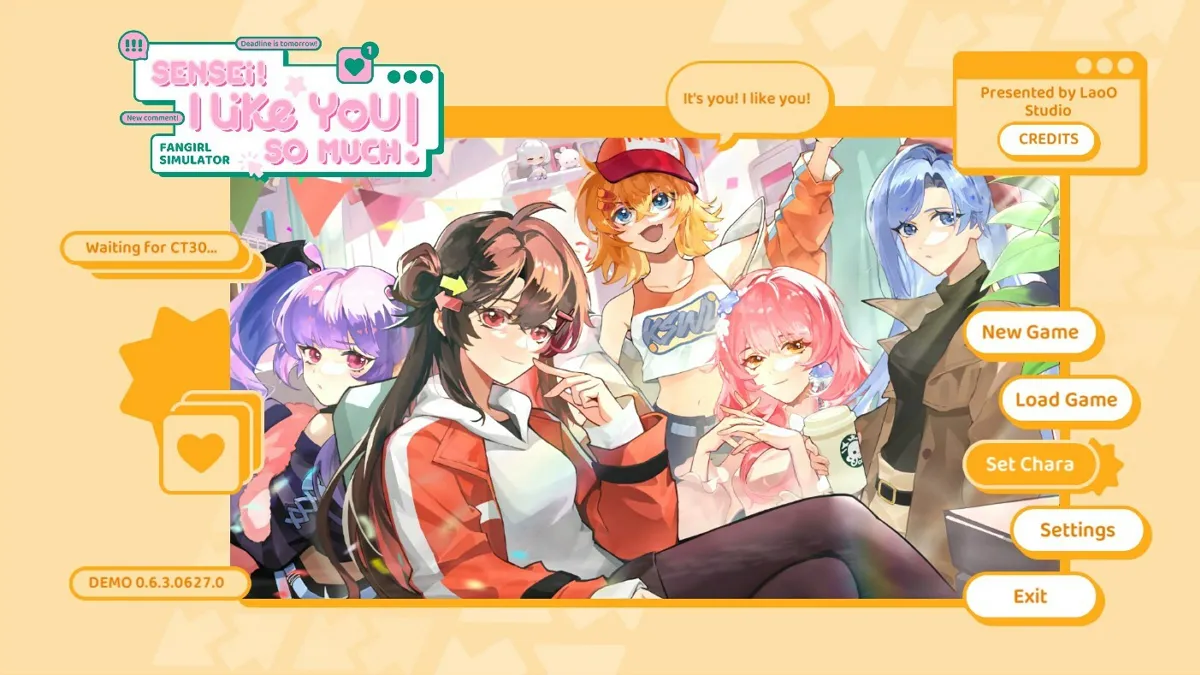

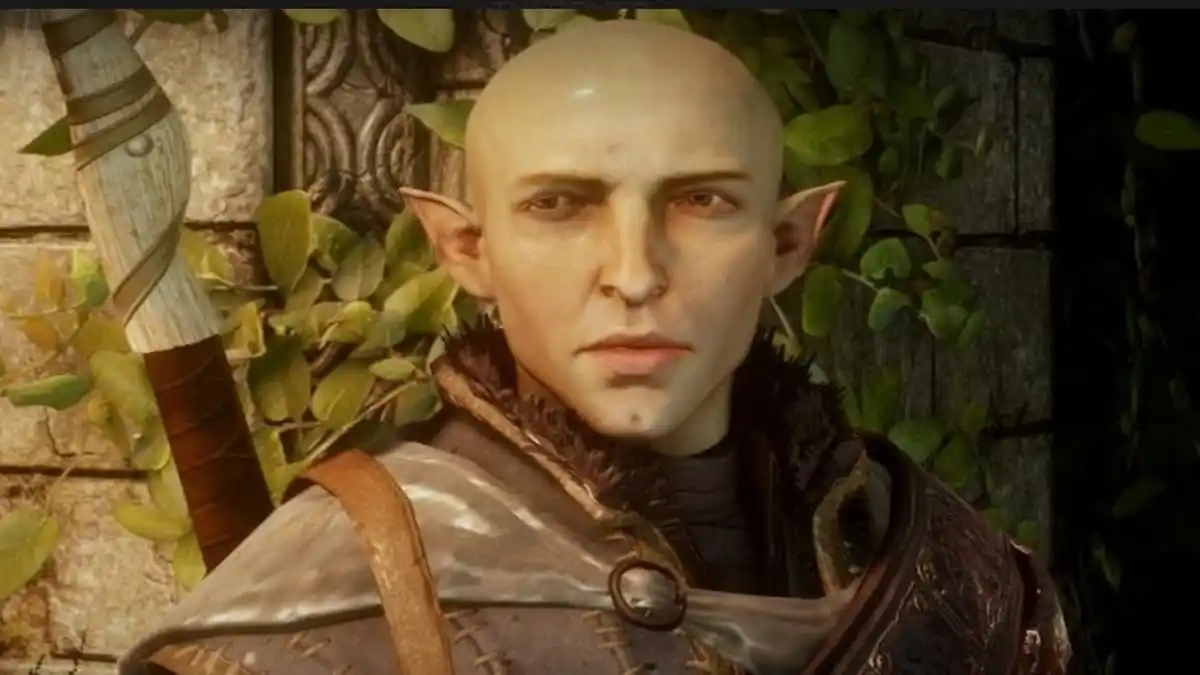
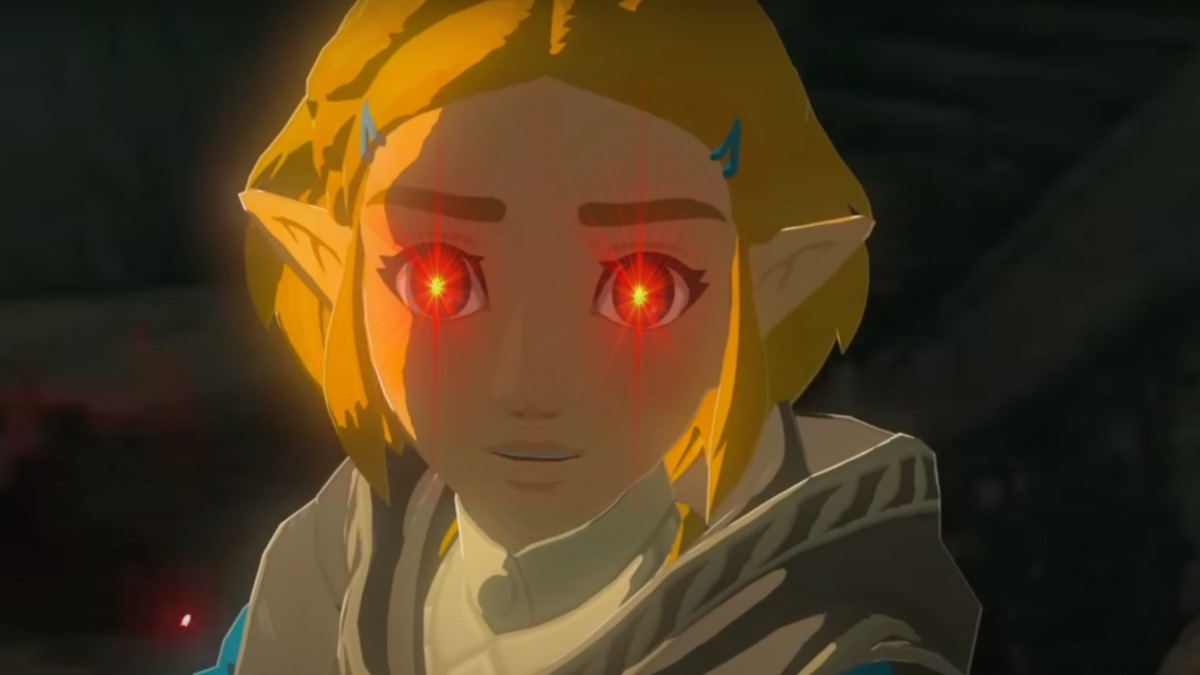
Published: Jun 2, 2024 12:00 pm